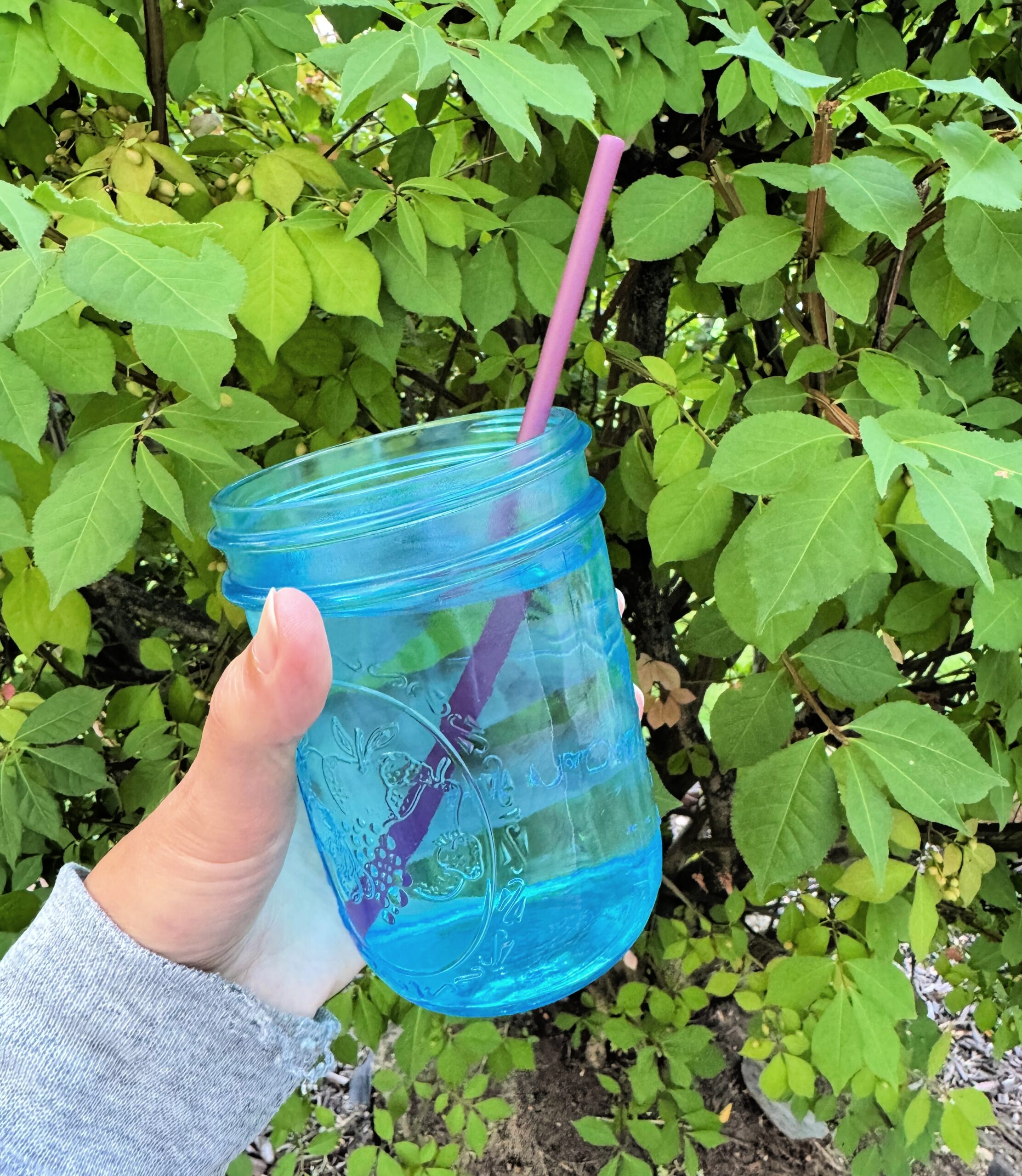Many houses now have essential oil diffusers as a norm as they provide a healthy way to infuse your room with energising, relaxing, or purifying scents. Maintaining a clean diffuser is crucial for optimum performance and lifespan, regardless of whether you’re diffusing tea tree oil for its purifying qualities or rosemary oil for focus.
A clean diffuser guarantees the purity of the essential oils and avoids buildup that can cause malfunctions or offensive smells. Here’s a comprehensive five-step instruction for cleaning your essential oil diffuser.

Why Clean Your Diffuser?
Before starting the cleaning procedure, let’s first discuss why cleaning your diffuser is so important. Water residue and essential oils might accumulate inside your diffuser over time, which could result in the following problems:
- Decreased Effectiveness: The therapeutic advantages of essential oils may be lessened if a diffuser is unclean since it may also not distribute the oils.
- Enjoyable Experience: While cleaning your diffuser each time you switch blends may seem like a chore, it’s worth it. By doing so, you preserve the genuine scents of your essential oils, ensuring a more enjoyable aromatherapy experience.
- Growth of Mould and Bacteria: Stagnant water and oils can be havens for mould and bacteria growth.
- Shortened Lifespan: Neglecting to clean your diffuser can lead to a breakdown, reducing its lifespan.
Step 1: Unplug and Disassemble Your Diffuser Safety First
Always unplug your diffuser before starting any cleaning procedures to reduce the possibility of electrical shock or injury.
- Disassemble: Depending on the model, the lid, water reservoir, and any other removable parts of your diffuser must be removed. To learn how to disassemble your diffuser correctly, consult the owner’s manual.
- Empty the reservoir by pouring out any last bits of oil and water. This must be done after every use to avoid residue accumulation.
Step 2: Clean the Outside and Inside
- Use a Soft Cloth: Gently wipe off the diffuser’s exterior with a wet cloth. This will remove any oil, dust, or fingerprints that leaked during use.
- Clean the Interior: Use the same towel to wipe the inside of the water reservoir and any other internal parts. As oil residue tends to collect around the ultrasonic plate, be sure to clean the area around it properly. If the residue is bad, you can gently scrub the area with a solution of equal parts water and white vinegar.
Step 3: Examine the Water Reservoir Thoroughly
- Water and Vinegar Fill: Pour clean water into the reservoir halfway, then add ten to fifteen drops of white vinegar. As a natural disinfectant, the vinegar breaks down any lingering oil residue and eliminates microorganisms.
- Reconnect the diffuser and let it run for 5-10 minutes. This will facilitate the flow of the vinegar solution through the system, removing and cleaning the ultrasonic plate and other internal parts. If any vinegar is left, thoroughly rinse the reservoir with clean water.
Step 4: Clean the Ultrasonic Plate
- Highlighting the Ultrasonic Plate: The most crucial part of your diffuser is the ultrasonic plate, which processes the water and essential oils into a fine mist. If oil residue builds up on this plate, the diffuser’s efficacy may decrease over time.
- Use a Cotton Swab: Lightly clean the ultrasonic plate by dipping a cotton swab into rubbing alcohol or white vinegar. Because the plate is delicate, take care not to press too firmly. This will assist in clearing out any accumulation that might be impairing your diffuser’s functionality.
- Rinse and Dry: After cleaning, rinse the plate with a bit of water and then dry it with a clean, dry cloth.
Step 5: Test and Reassemble Your Diffuser
- Replace the diffuser’s parts: Reassemble the diffuser once each part has been cleaned and allowed to air dry. As directed by the manufacturer, make sure everything is firmly in place.
- Test with Water: Run the diffuser for a few minutes after adding clean water to the reservoir to give it a test before adding essential oils. This will help ensure that everything operates as intended and that no cleaning solution or residue is left behind.
- Add Essential Oils: If the test run goes well, add your preferred essential oils, such as rosemary or tree tea oil, for a crisp and clean diffusion experience.
Extra Suggestions for Keeping Your Diffuser Clean Regularly:
If you use your diffuser frequently, you should clean it once a week or after each usage. This will guarantee steady performance and stop accumulation.
- Choose High-Quality Oils: Synthetic or lower-quality oils may have additives that increase the amount of residue left in your diffuser. Whenever possible, choose pure, premium essential oils to reduce accumulation.
- Avoid using harsh chemicals and use natural cleaning agents like vinegar and water instead. Strong chemicals may leave dangerous residues and ruin your diffuser’s internal components.
- Keep It Dry: Make sure your diffuser is totally dry before putting it away. Even if the diffuser is not in use, water left in the reservoir might result in the formation of bacteria and mould.
- Store Properly: If you’re not going to use your diffuser for an extended period, clean and dry it completely, and store it in a cool, dry place.
In summary
Maintaining the cleanliness of your essential oil diffuser doesn’t have to be complicated. By adhering to these 5 easy steps, you can keep the best possible condition of the diffuser and reap the benefits of your preferred essential oils. Use a clean diffuser for optimal results, whether you’re using tea tree oil for purifying properties or rosemary oil to increase concentration. Frequent upkeep prolongs the life of your diffuser and protects the quality of your oils, making it an excellent investment for your at-home wellness regimen.


Leave A Comment